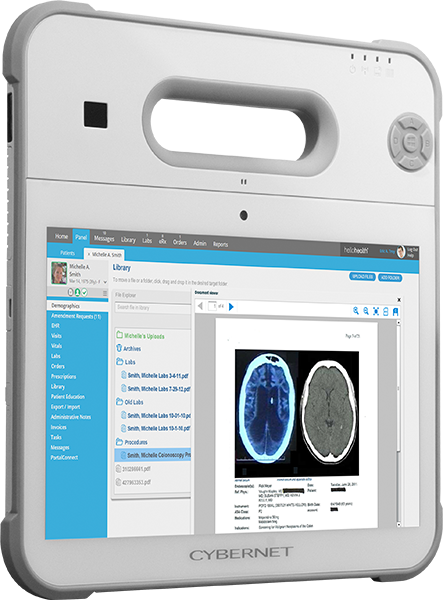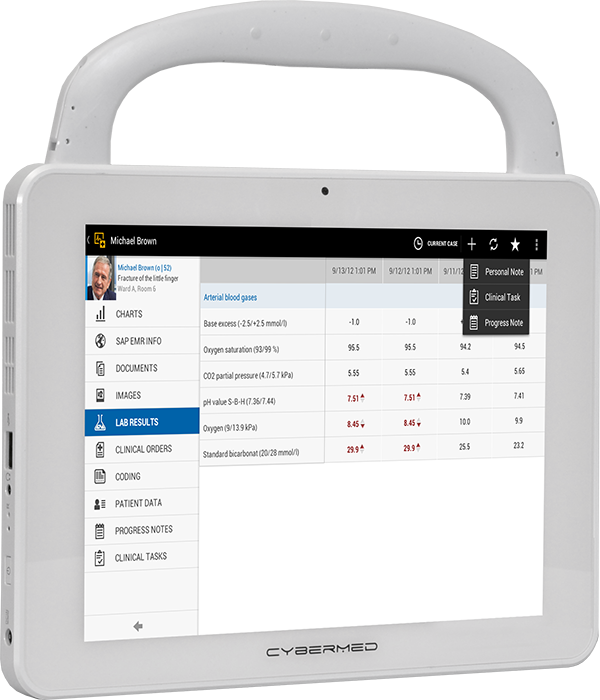Technological advancements have changed our lives in numerous ways. A cleverly invented piece of technology that is increasing in popularity by leaps and bounds is the tablet. These devices have come into our lives, improving and increasing our productivity levels in ways we never dreamed possible even 5 years ago. What's more, they have found their way into various specialized - and highly technical - industries. Regardless of the industry a tablet is being used in, the underlying technology remains the same. It's important to note, however, that there are a variety of options available (depending on the manufacturer) that make them more practical for a particular industry.
The medical field has embraced the power of tablets and as a result, is improving the quality of patient care while increasing efficiency in the process. Here are a few ways medical grade tablets differ from the wide variety of consumer tablets available on the market today.
The core of medical grade tablets is pretty similar to regular consumer tablets. There are, however, some key differences that make these tablets hospital friendly.
Hardware differences like:
- Integrated barcode scanners, which are useful for things like organizing hospital inventory and quickly logging patient date.
- RFID readers, which ensure data stays secure also used to scan patient armbands and medications.
- Smart card readers, which also offer a secure way of storing and reading patient's data.
- An external handle makes for easy carrying and reduces the risk of accidental drops.
- A rigid aluminum outside case adds a layer of protection to the already shockproof and waterproof tablet. Tablets and other medical-grade computers used in hospitals can be cleaned regularly without compromising performance.
- A fanless tablet design minimizes the dispersal of unsterile matter into a sterile environment.
- High performance batteries ensure uninterrupted operation throughout a work shift.
- A multi-touch display allows the end user to keep gloves on while working with a patient.
- Even though some regular tablets are compatible with various styluses, medical tablets are always equipped with one. This is important since it allows doctors and nurses to take notes immediately, as they are examining patients.
Medical tablets are revolutionizing healthcare as we know it. They are helping doctors and nurses provide a higher quality of care while improving patient safety and satisfaction along the way. They are minimizing errors and making it easier than ever for collaboration amongst doctors in different medical departments.
The first iPad was released five years ago and in the time since, it has changed the way we access information on a mobile level. With technology always improving, the next five years will introduce a time of seamless mobile integration that benefits both patients and healthcare professionals alike. Contact us and speak with a knowledgeable representative. They'll be happy to work with you to find the right medical tablet for your exact wants and needs.

